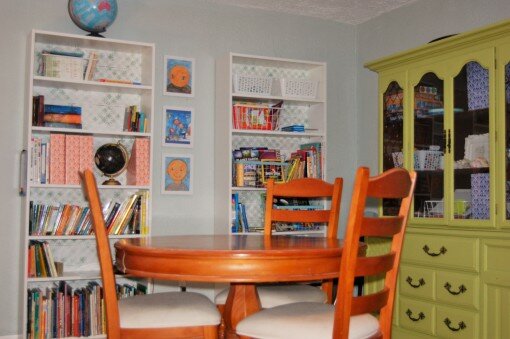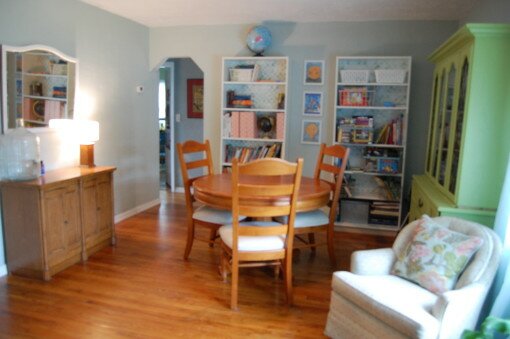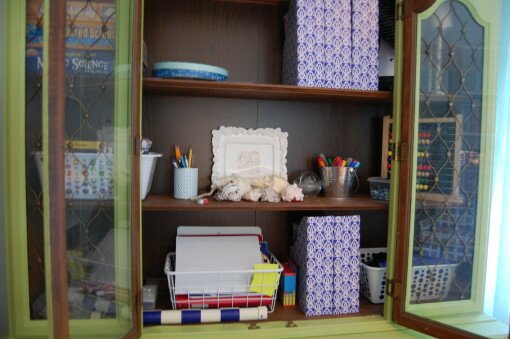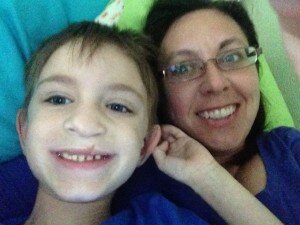Last Thursday I got a real treat. The Gymnasium was nearly empty for J-Man’s gymnastics class, which is pretty rare. Usually, I can barely see him through all of the other classes, much less hear him and his teacher as they discuss the finer points of the different tumbles. This time, I had a clear shot the parent bleachers and what I saw gave me hope in the face of some recent struggles.
J-man is gifted intellectually and what that often means is that he has become accustomed for things to be easy for him. He struggles with challenges and mistakes. Earlier in the week, he was helping me label some boxes for moving and misspelled a word. He lost it because it was permanent marker. He couldn’t deal with this mistake. This has been pretty indicative of his reaction to imperfection. On this day, though, I watched him attempt a cartwheel and fail. He tried again, and he failed again. And again. And again. He then asked his teacher if he could try again. And failed to keep his legs straight and swing them over. Why would this make me happy? He did not get upset. He asked questions, and asked to keep going. I could not have been more proud than if he had channeled Mary Lou Retton and cartwheeled the whole length of the gym.
We have been doing our best to help J-man develop a growth mind-set. This means encouraging J-man to focus on developing skills and not focusing on outcomes. As a former IB teacher I have been familiar with the IB attitudes in the Primary Years Programme. Students are encouraged commit to working through the difficulties of a task and come up with multiple solutions rather than placing the emphasis on getting the right answer to that multiple choice test. We try to stay away from comments like, “Wow, you are so smart!” in favor of comments like “I love how you stuck with that, buddy! Look at what you can do when you keep at it!” But, we are FAR from perfect. Carol Dweck is the guru of the “growth mindset” framework. Here she is giving a TED talk about believing in growth.
When J-man started to read early, we were known to exclaim about how amazing he was and how proud we were of him. I’m afraid we were contributing to a fixed mindset, focused on achievement, instead of focusing on the process and effort. This can be problematic because he was in those high growth years where his brain was forming dendrites and making connections. He started to connect achievement with praise. JoAnn Deak talks about this in Your Fantastic Elastic Brain. Learning comes easy in the early years, but the challenge is if they are learning bad habits at this time it is hard to break them and create new ones.
To help us with this process of focusing on growth rather than product, we created this info-graphic to hang in our work area, available on Teachers Pay Teachers. It emphasizes the things that students and parents can say to reframe their thinking.
Developing a Growth Mindset Infographic
While we probably have a long way before J-man will feel comfortable making a mistake, at least now we have some fertile ground to plant seeds. Oh…and the cart-wheel? On Monday, just three short days later, he executed a series of perfect cartwheels with beautiful straight legs and stuck the landing. Mary Lou would be proud!








